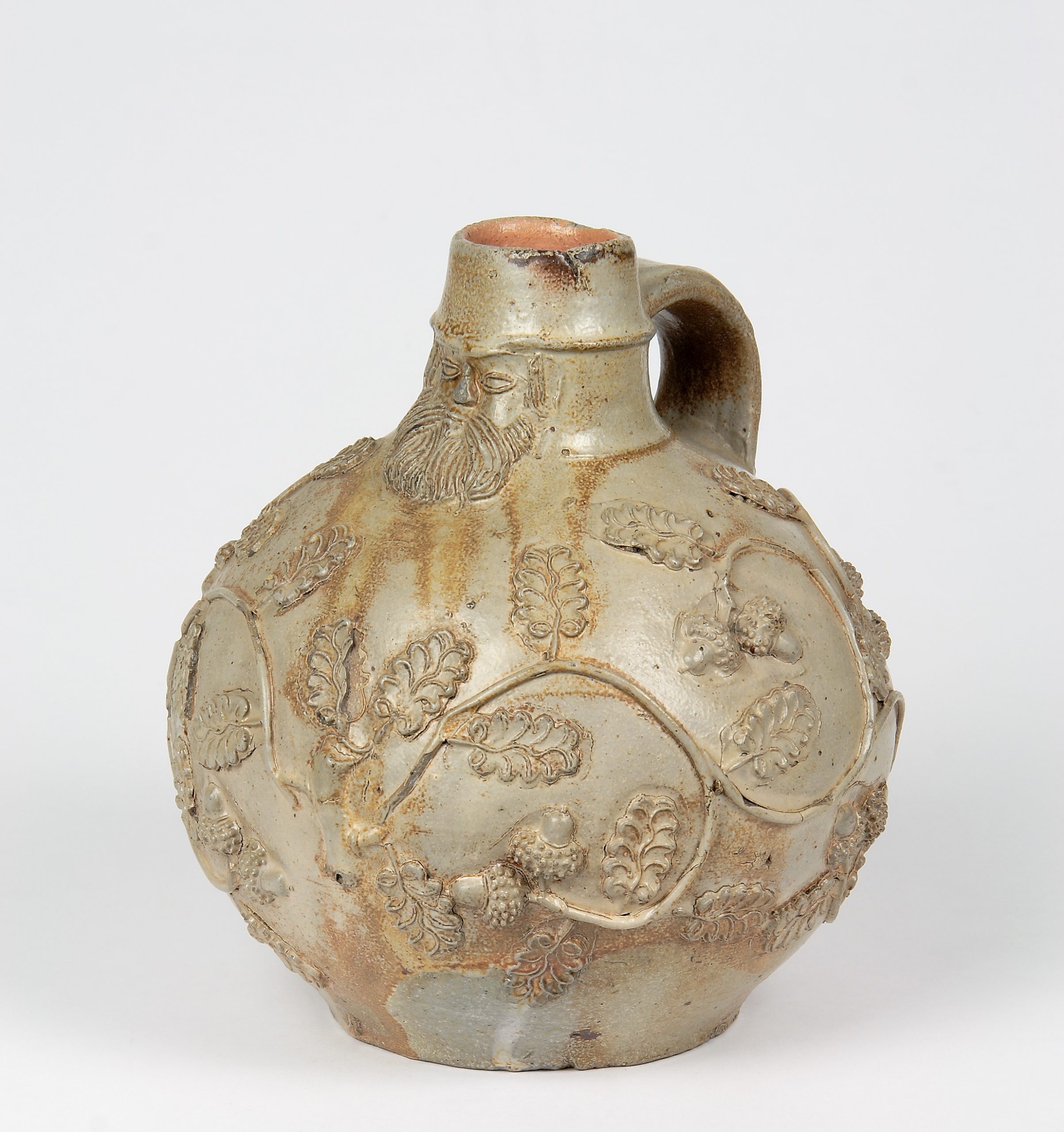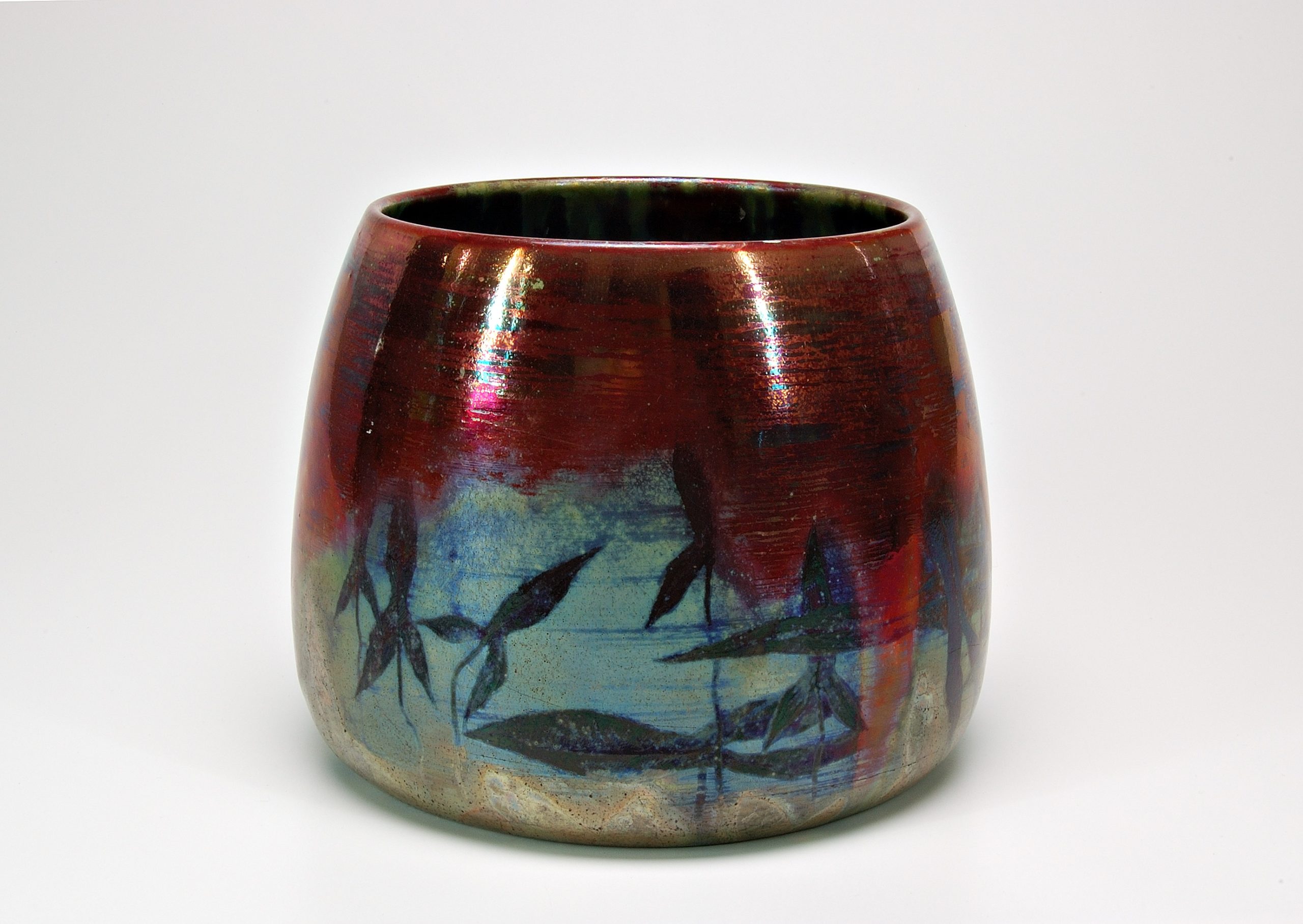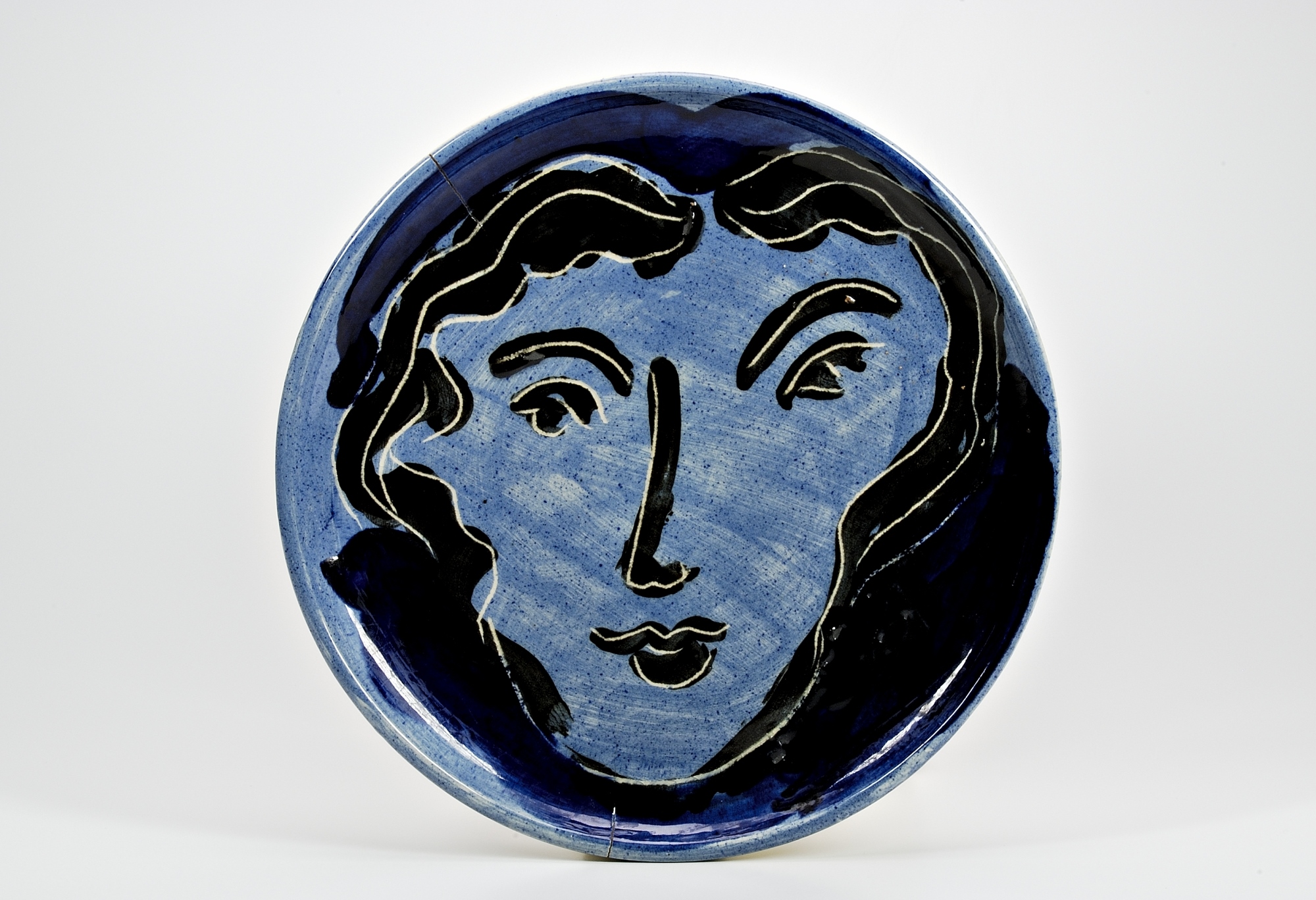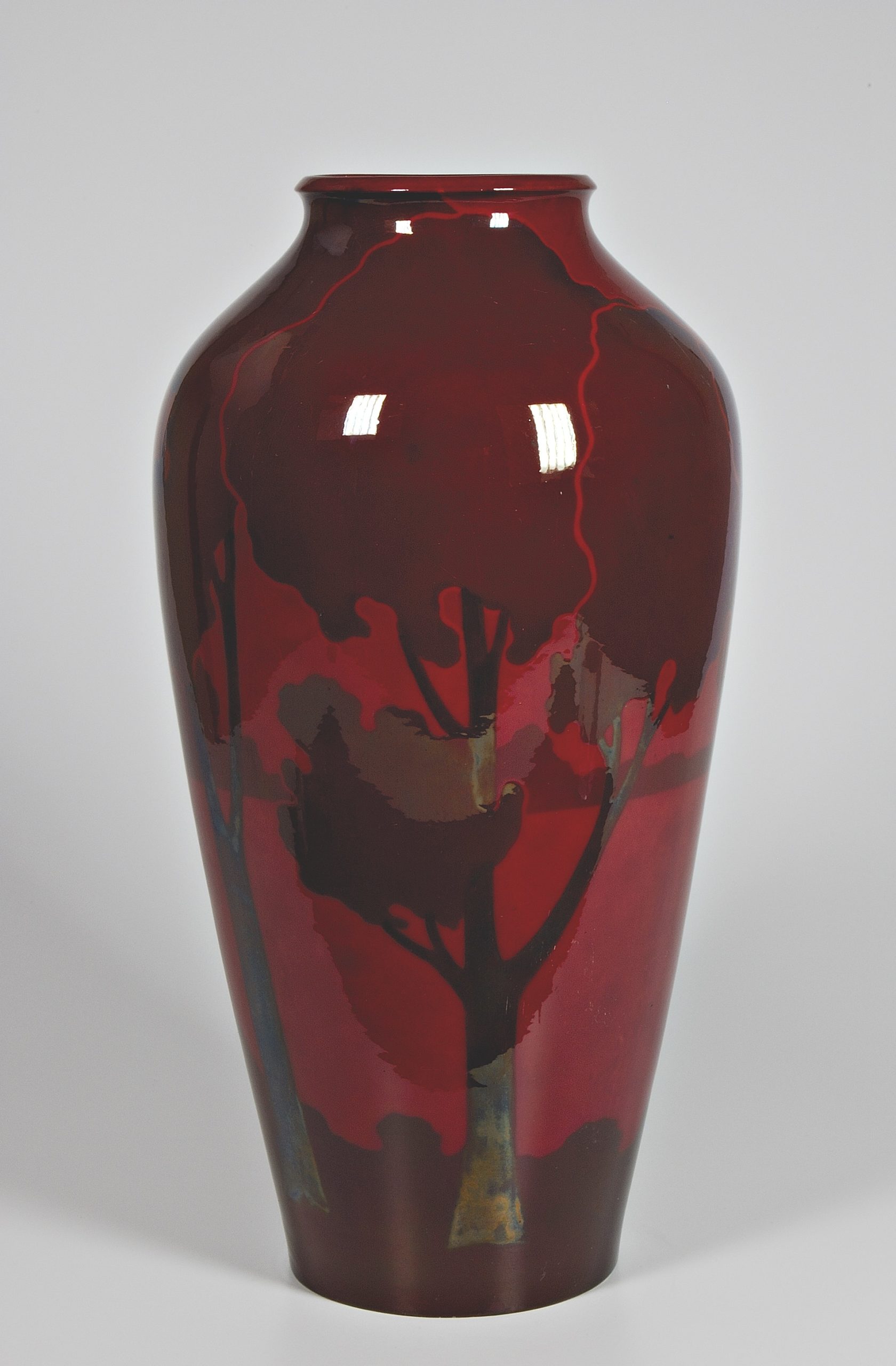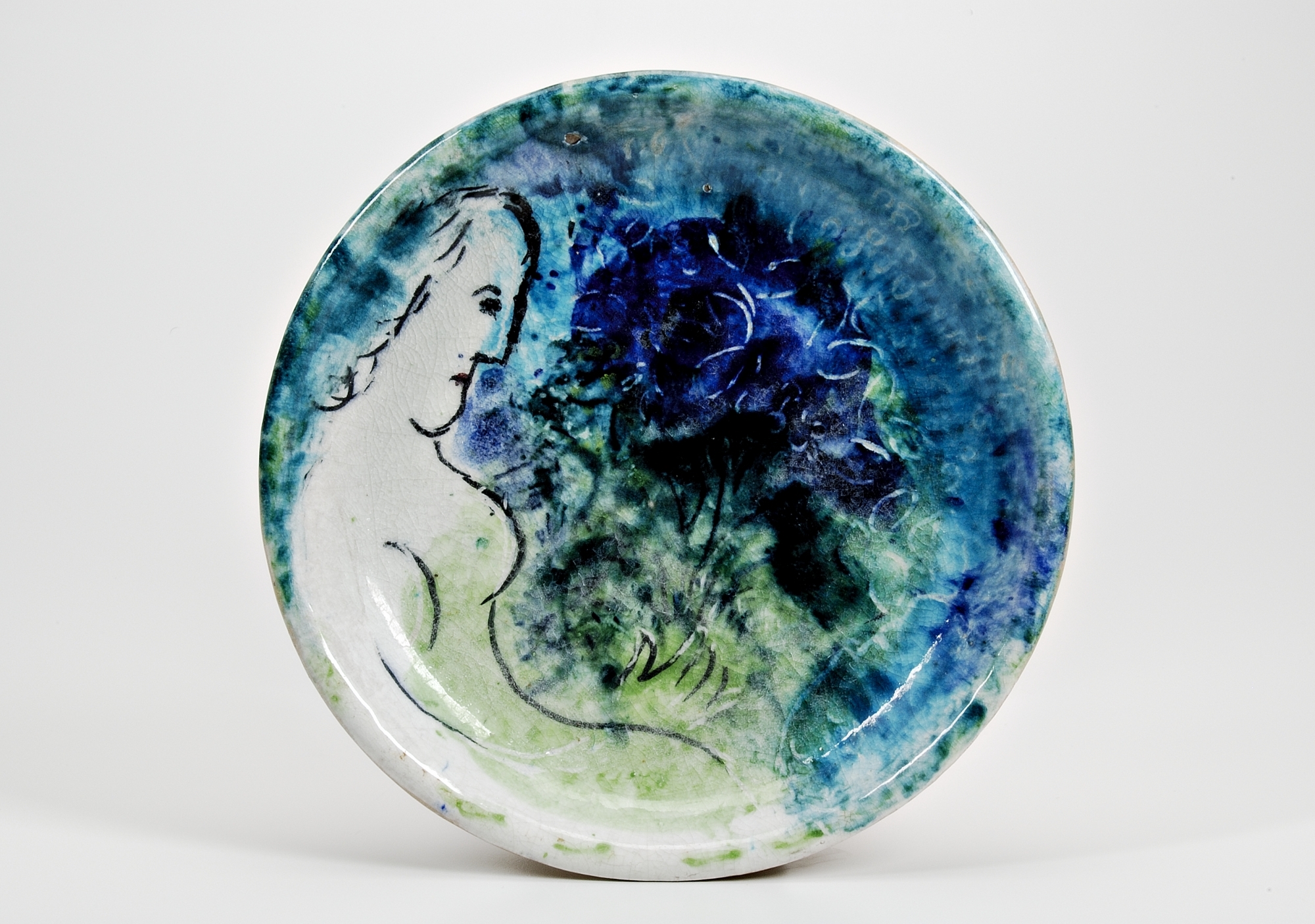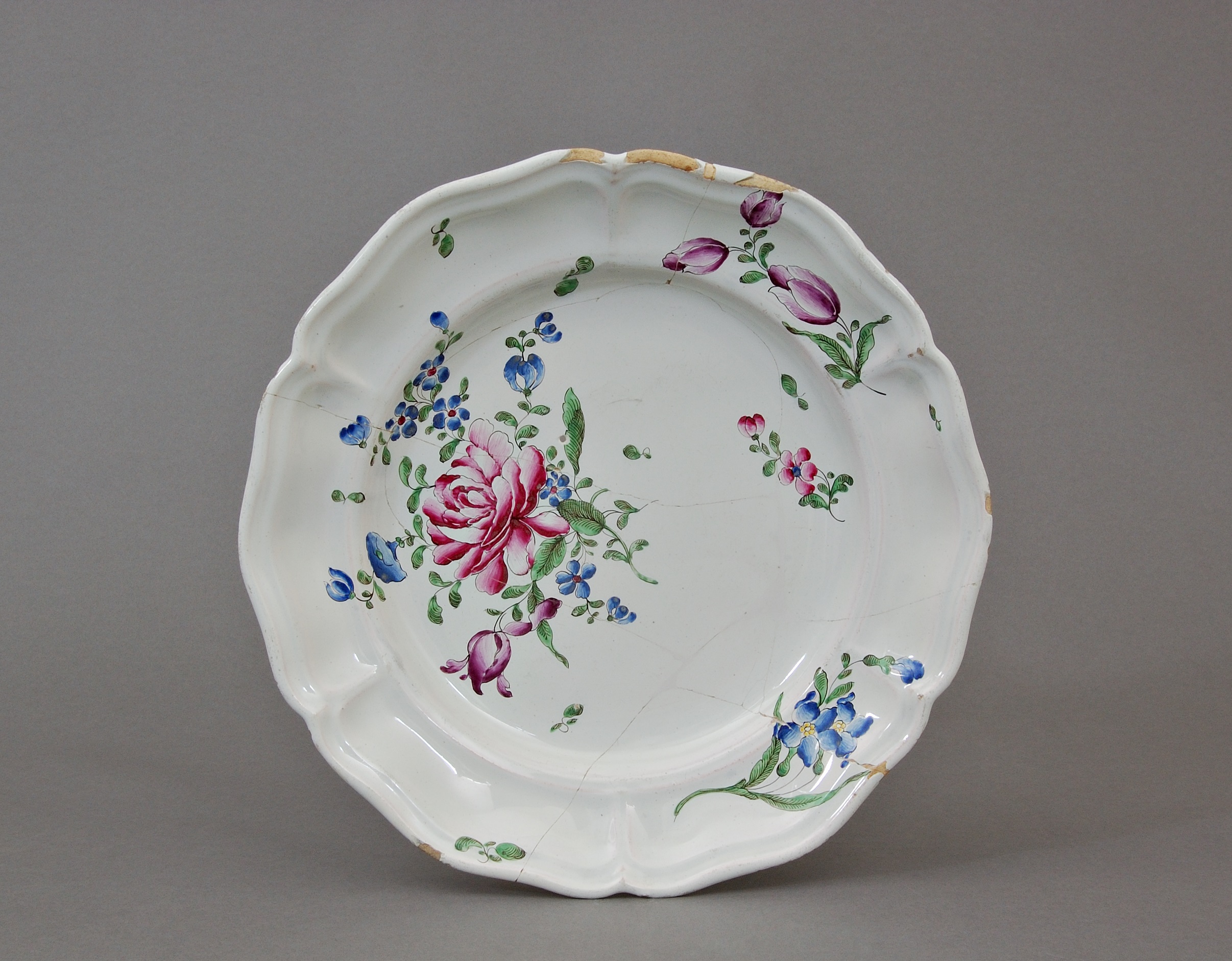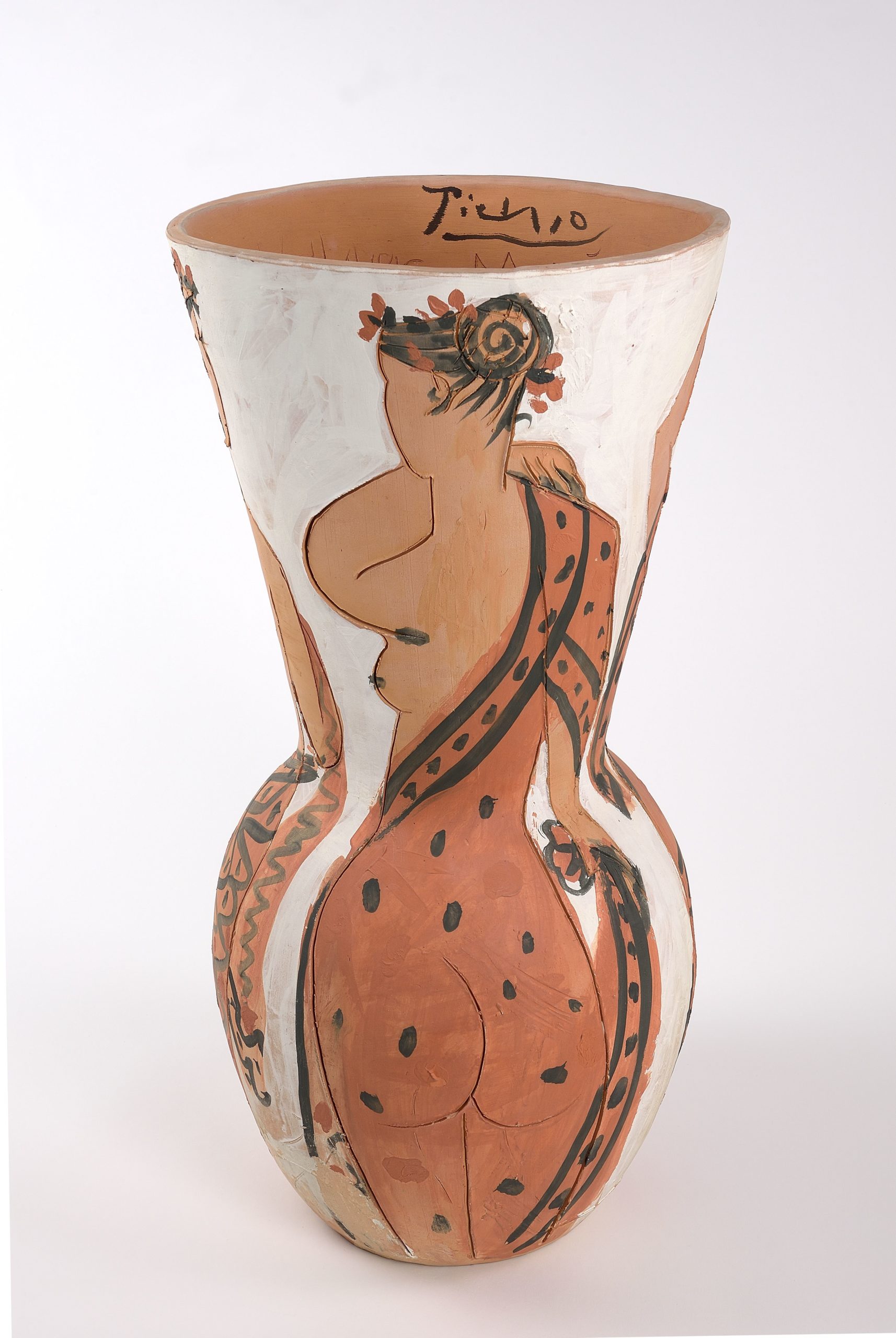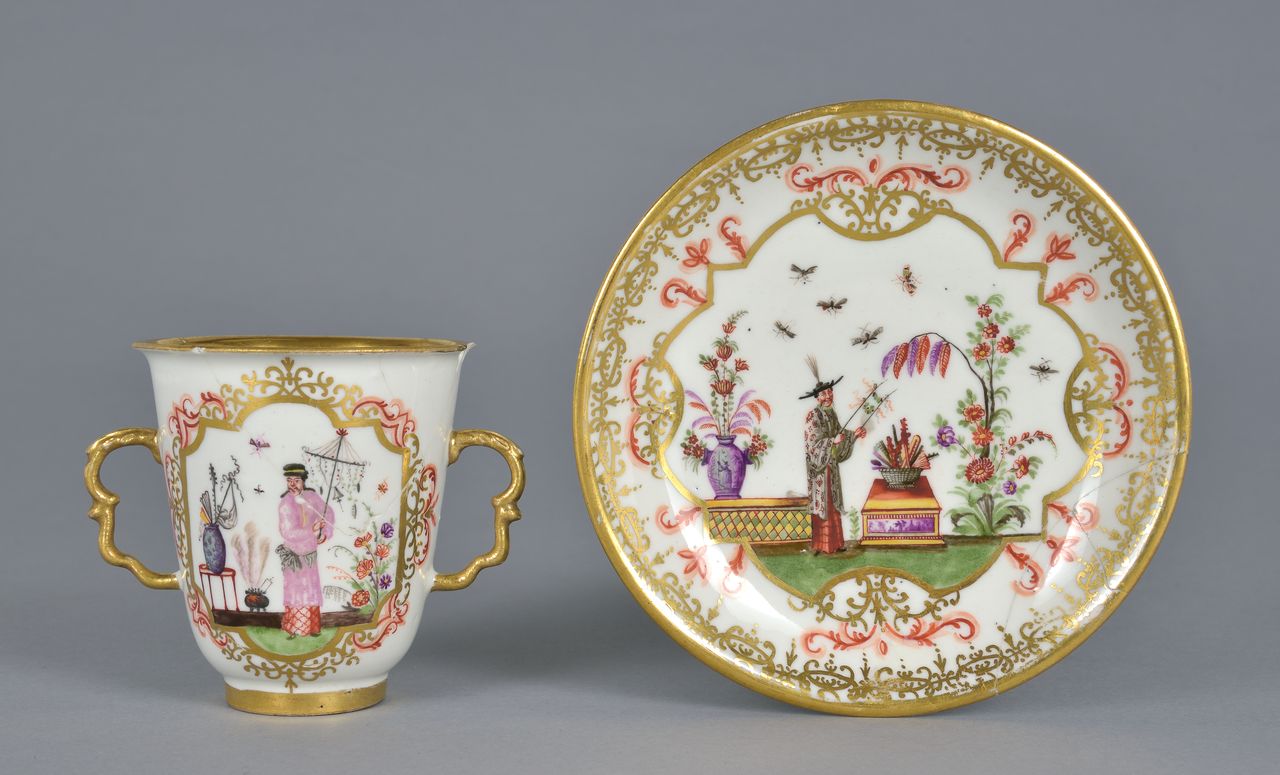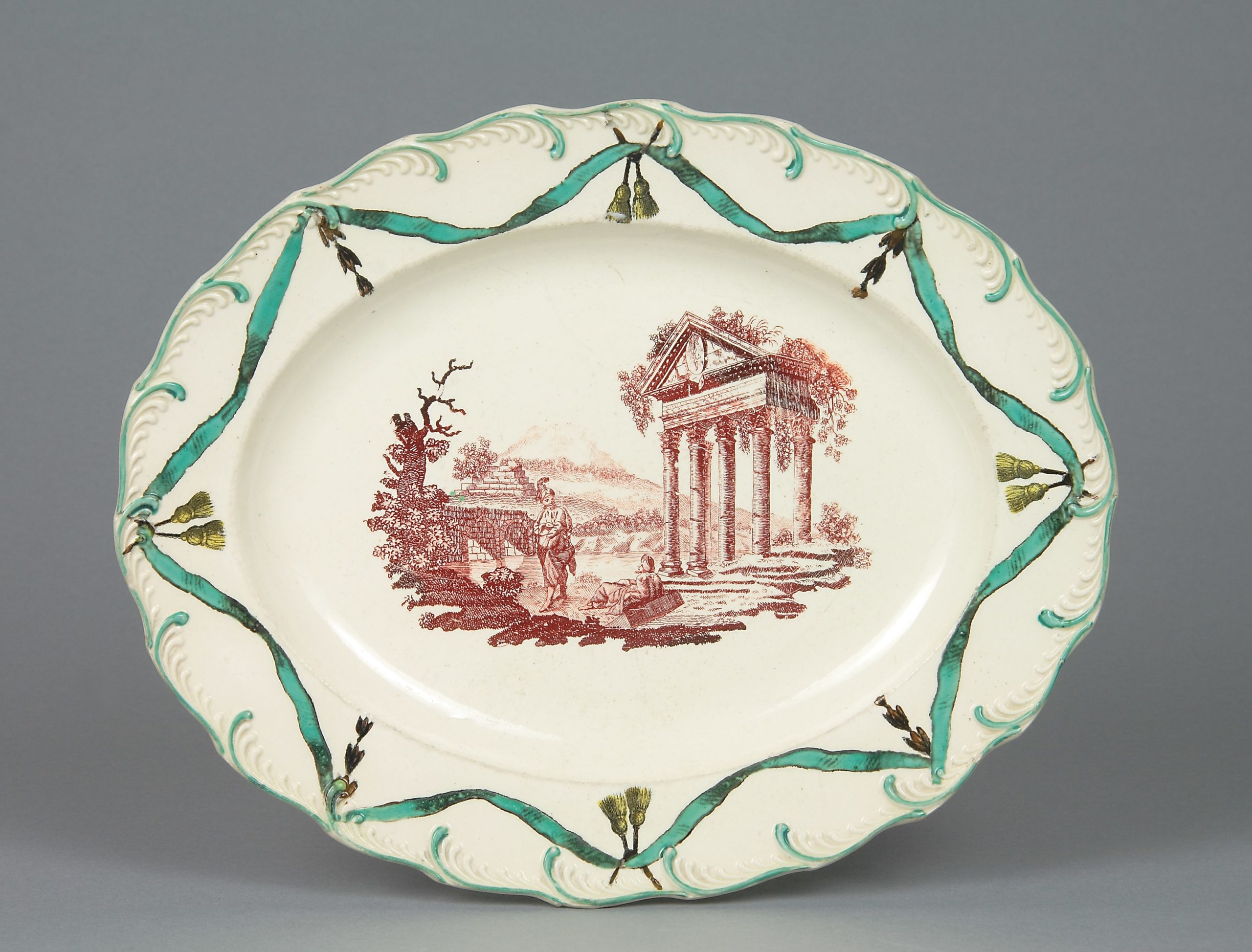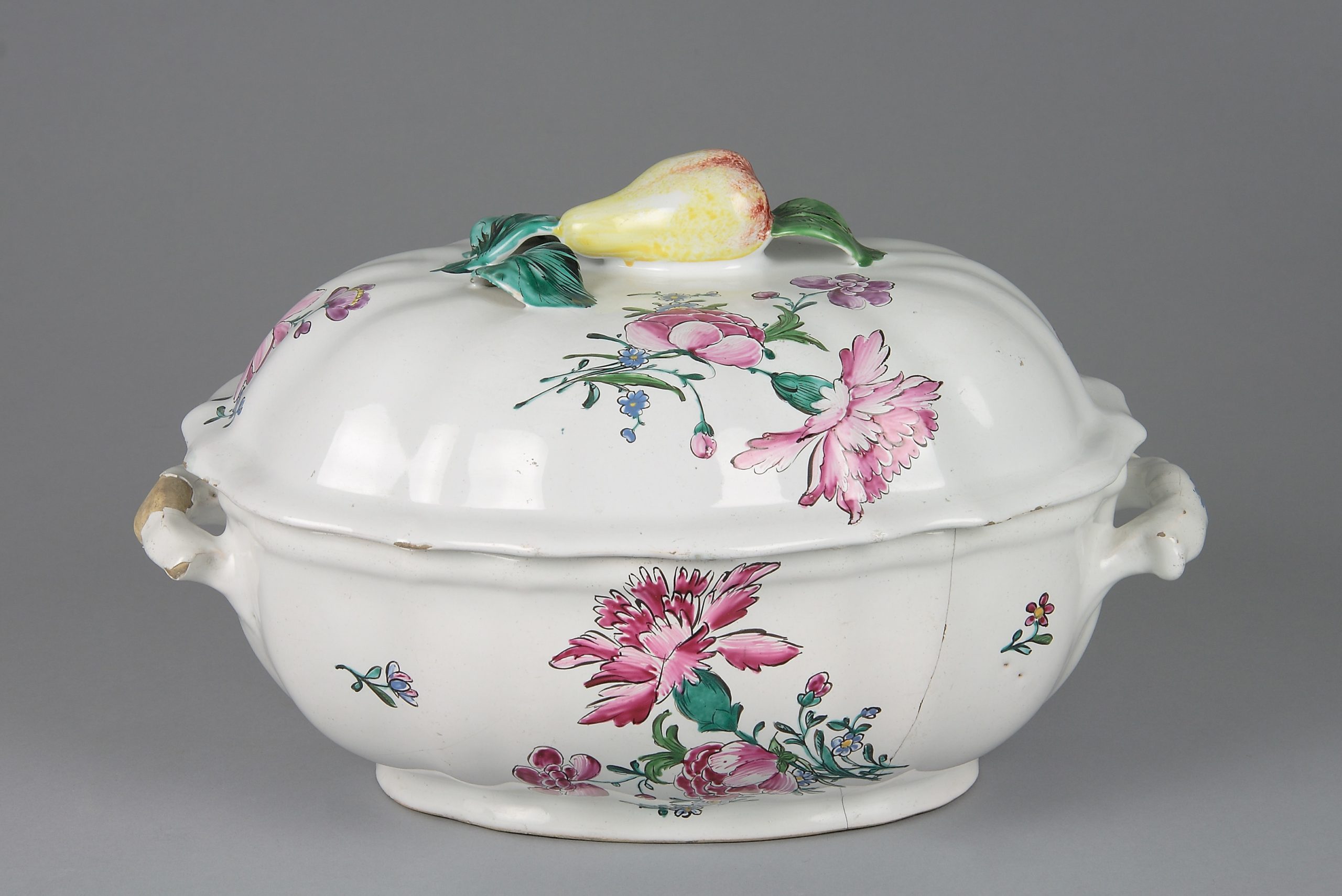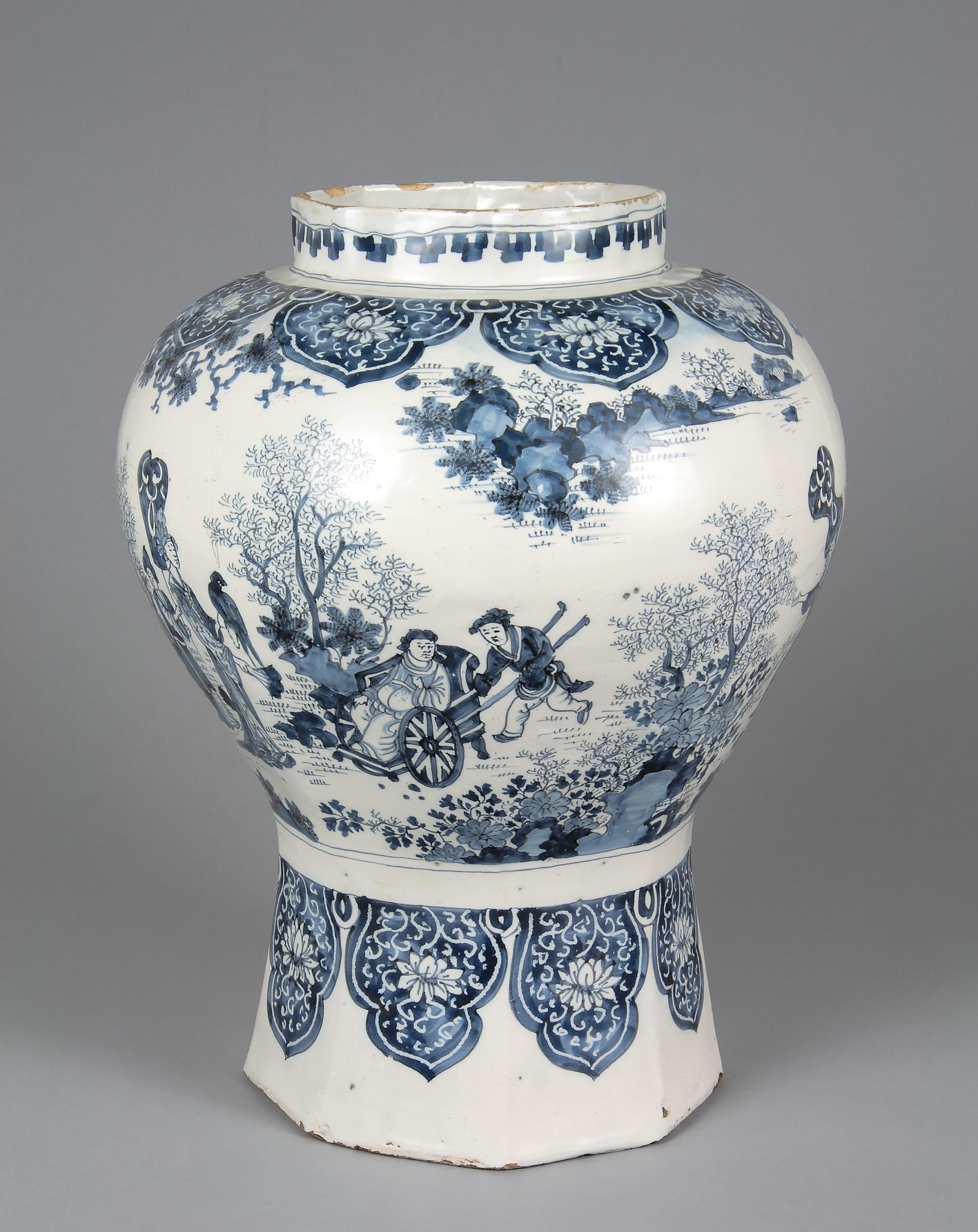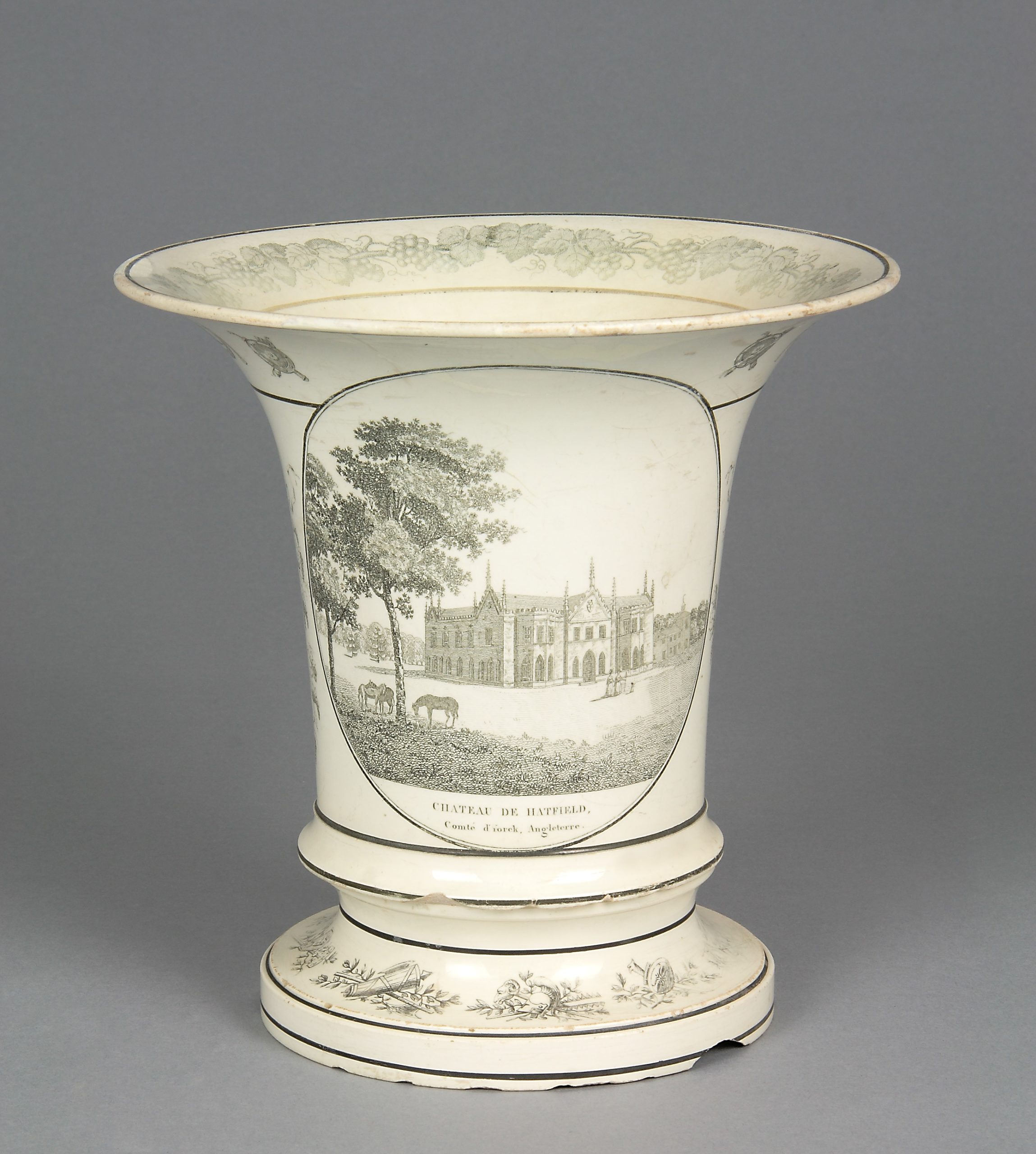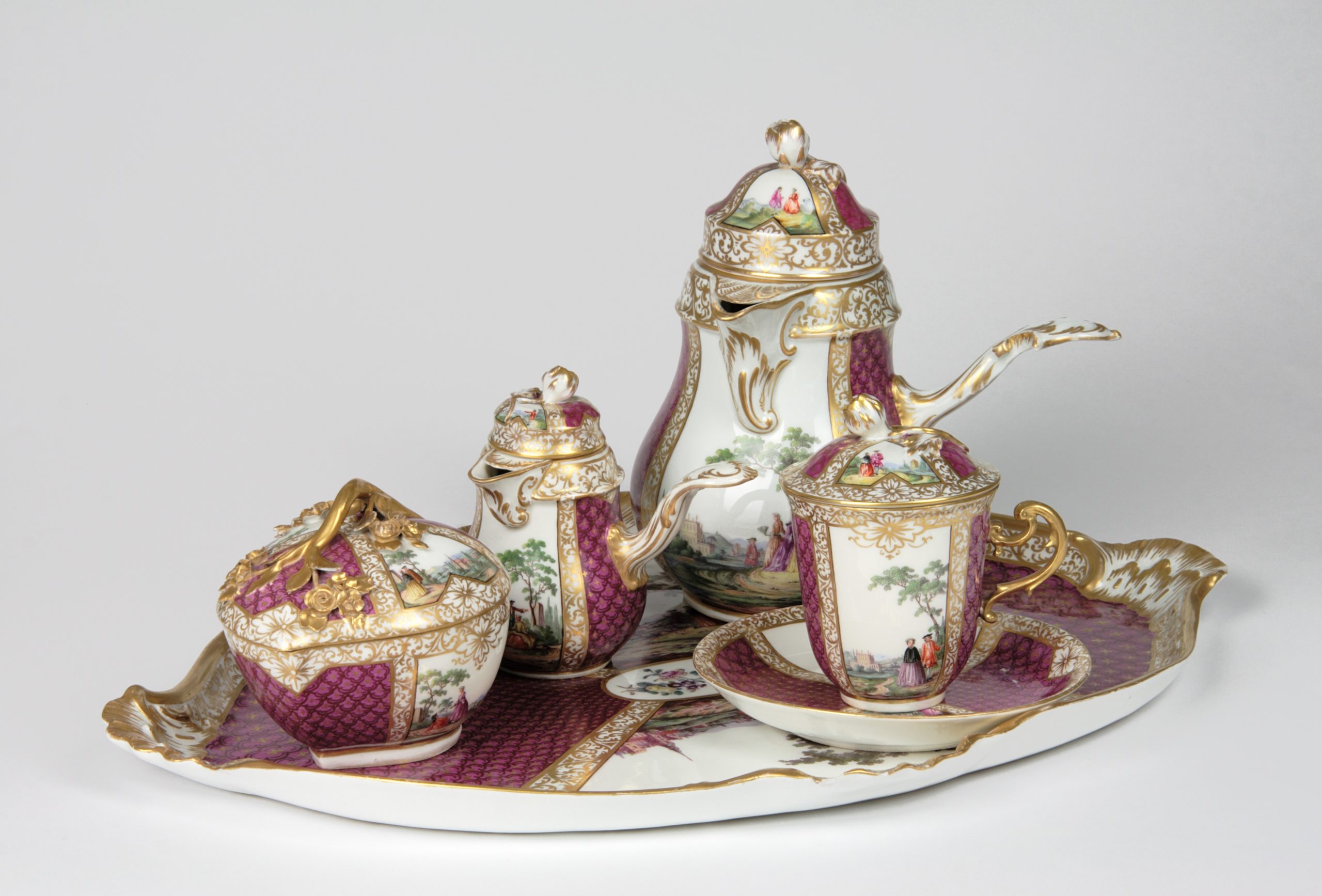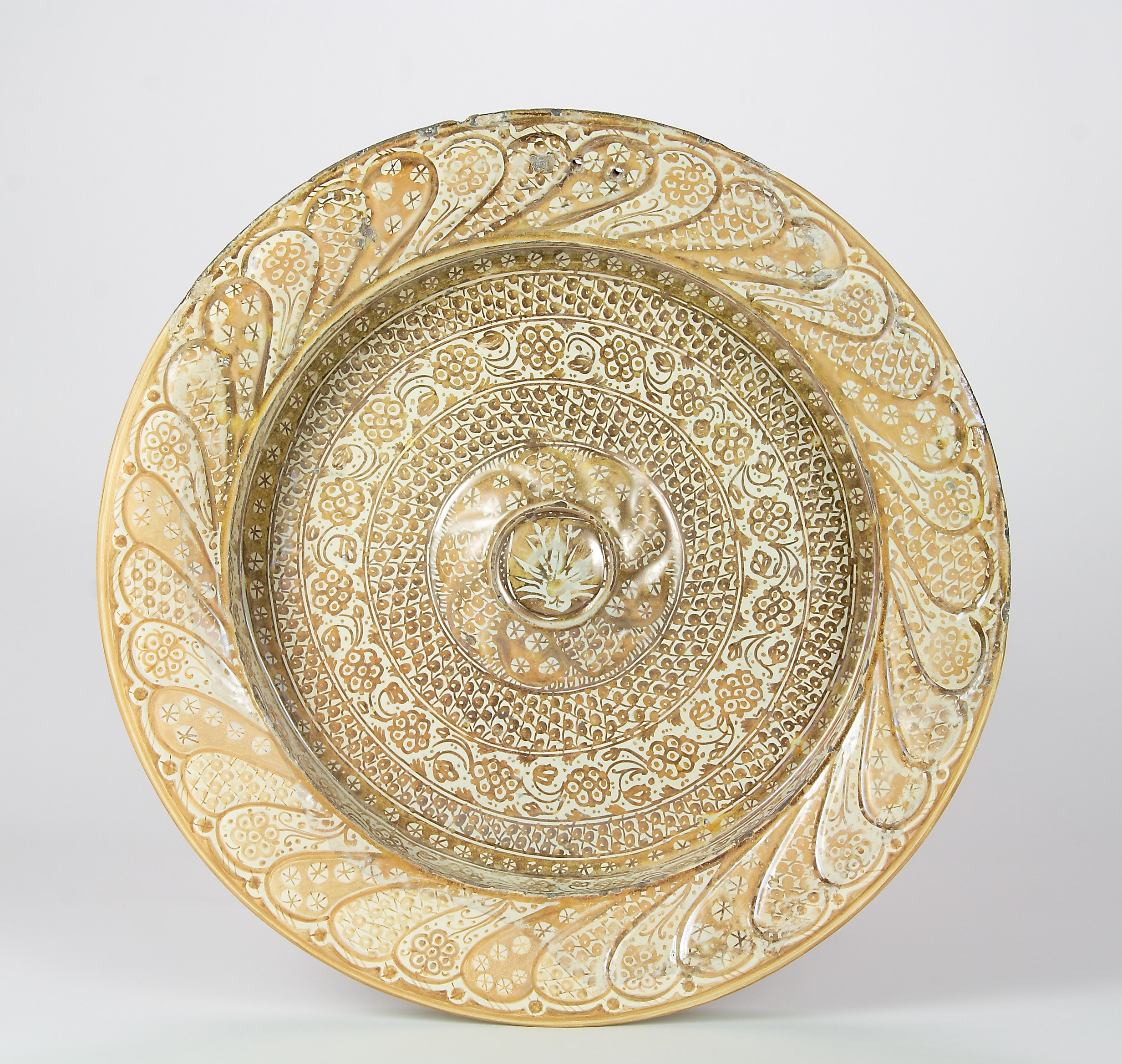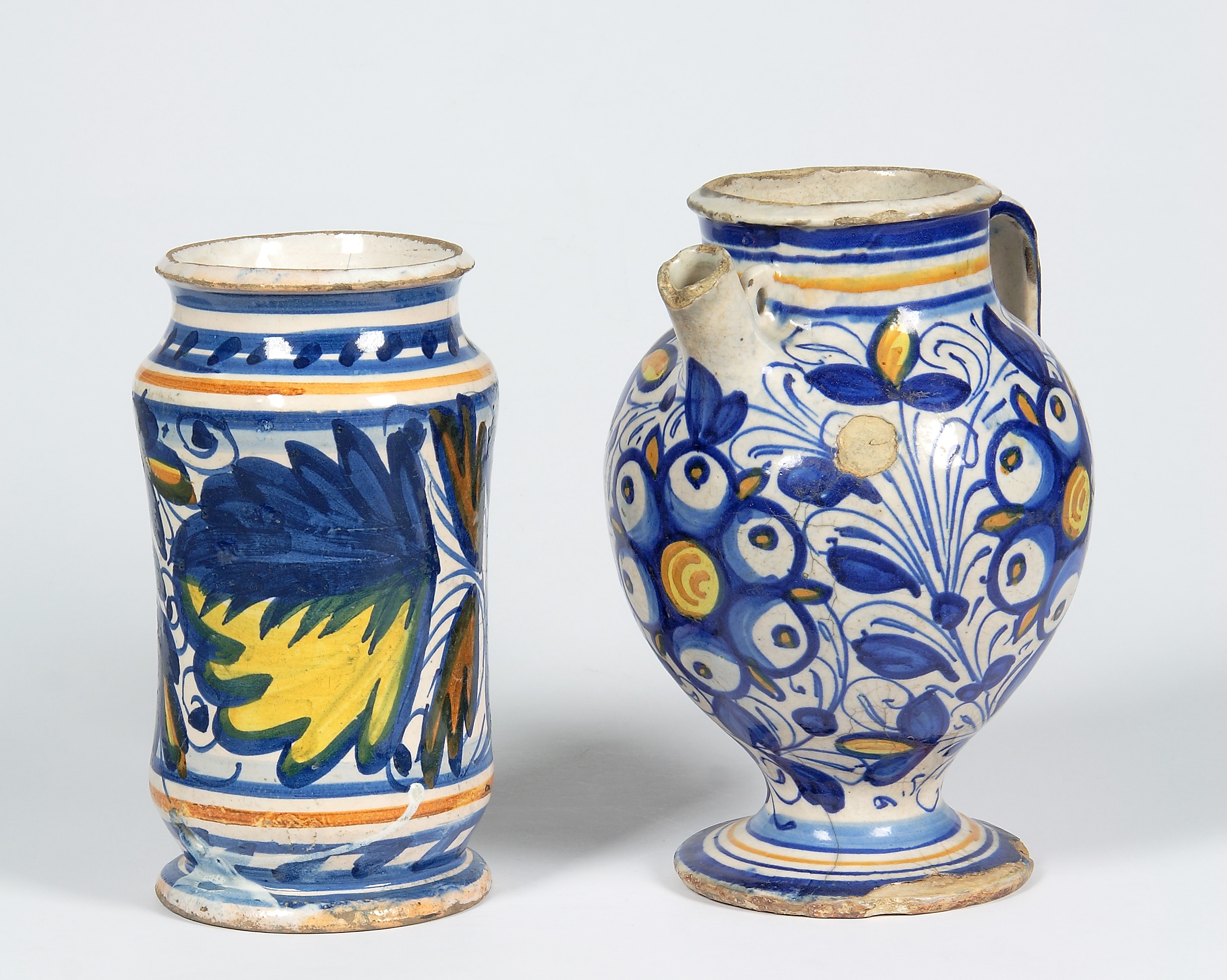This section documents the main European production centres from the 16th to the 20th century: European maiolica with Spanish lustres, the fanciful “chinoiserie” in “white and blue” of Delft, the “low firing” ornaments, a technique that involves a third firing at a lower temperature than the previous ones, with the “rose” motif that during the 18th century from Strasbourg spread throughout Europe.
European production in stoneware is evidenced by a section of jugs with a typical salted coating, a technique that involved the introduction of salt into the kiln during firing at a high temperature to determine a particular effect on the surface (Raeren, Cologne and the Westerwald region), dating back to the 16th-17th centuries.
The twentieth century is characterized here by the refined Art Nouveau style, spread throughout the various nations with original results.
In this section there is a “museum within a museum”. It houses the works by Picasso, Matisse, Chagall, Rouault, Léger, created mostly in Vallauris since 1947, opening up a new vision of this ancient material, which has become a privileged protagonist of the art world, up to the recent creations of Johan Tahon, Arman, Bastiaansen.

